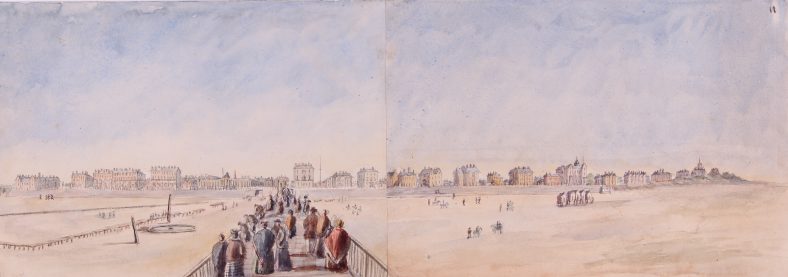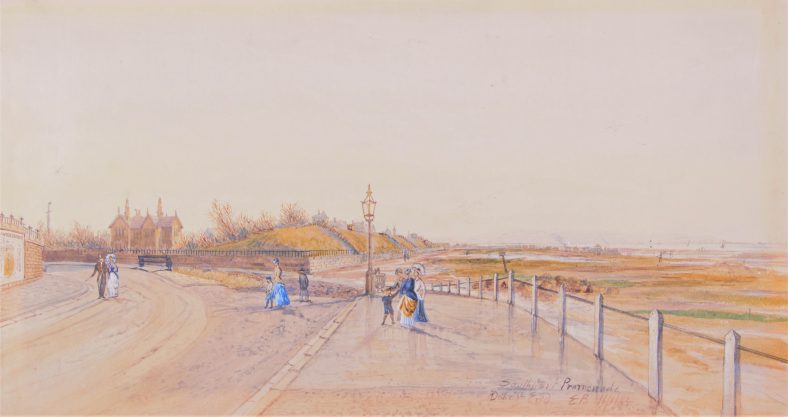The Promenade grew in fits and starts. It was both a place to stroll and enjoy the sea views, and to protect Lord Street from the very same sea during storms and high tides.
At first the Promenade ran from Coronation Walk to Nevill Street. As it was extended to north and south, both streets were bridged with underpasses to the beach, later filled in.
The original holiday accommodation near the Pier gives way to large red-brick houses, built for wealthy residents as the Promenade developed north along the Marine Lake in the 1890s.
Page in progress













No Comments
Add a comment about this page